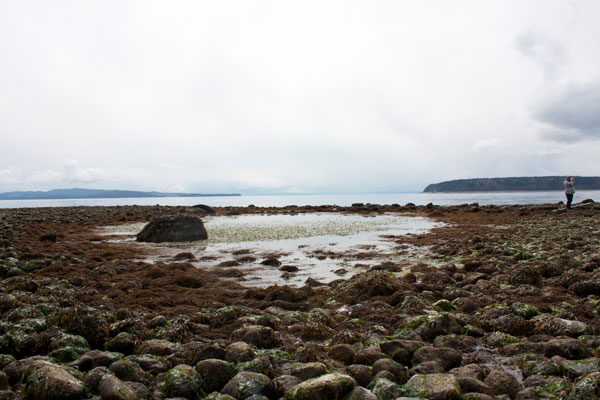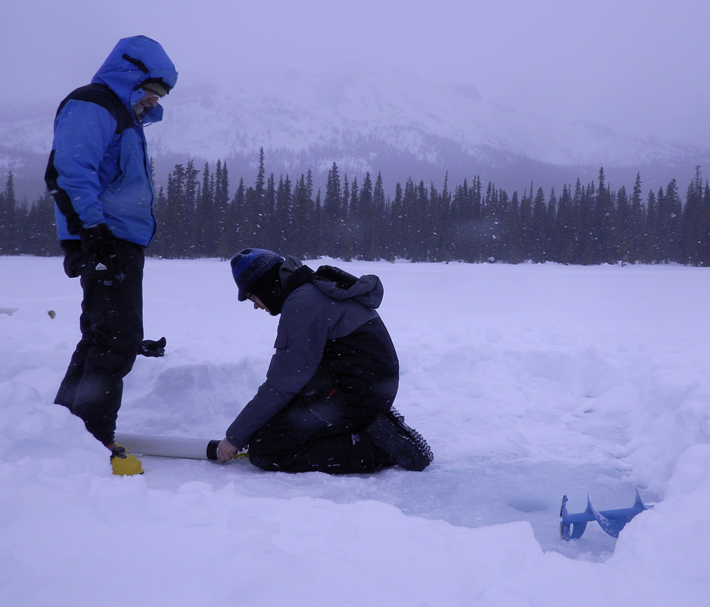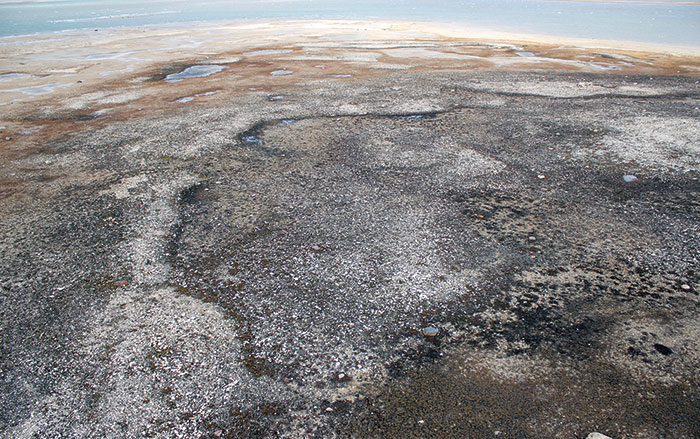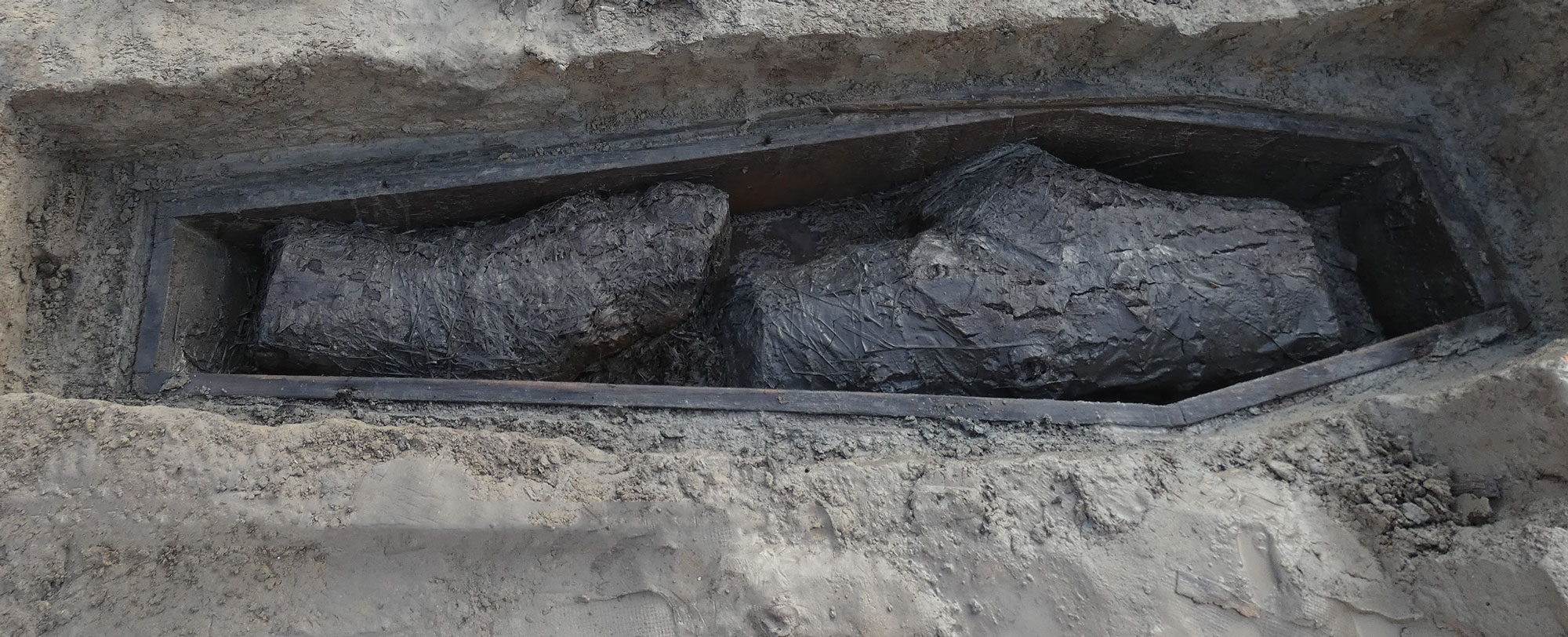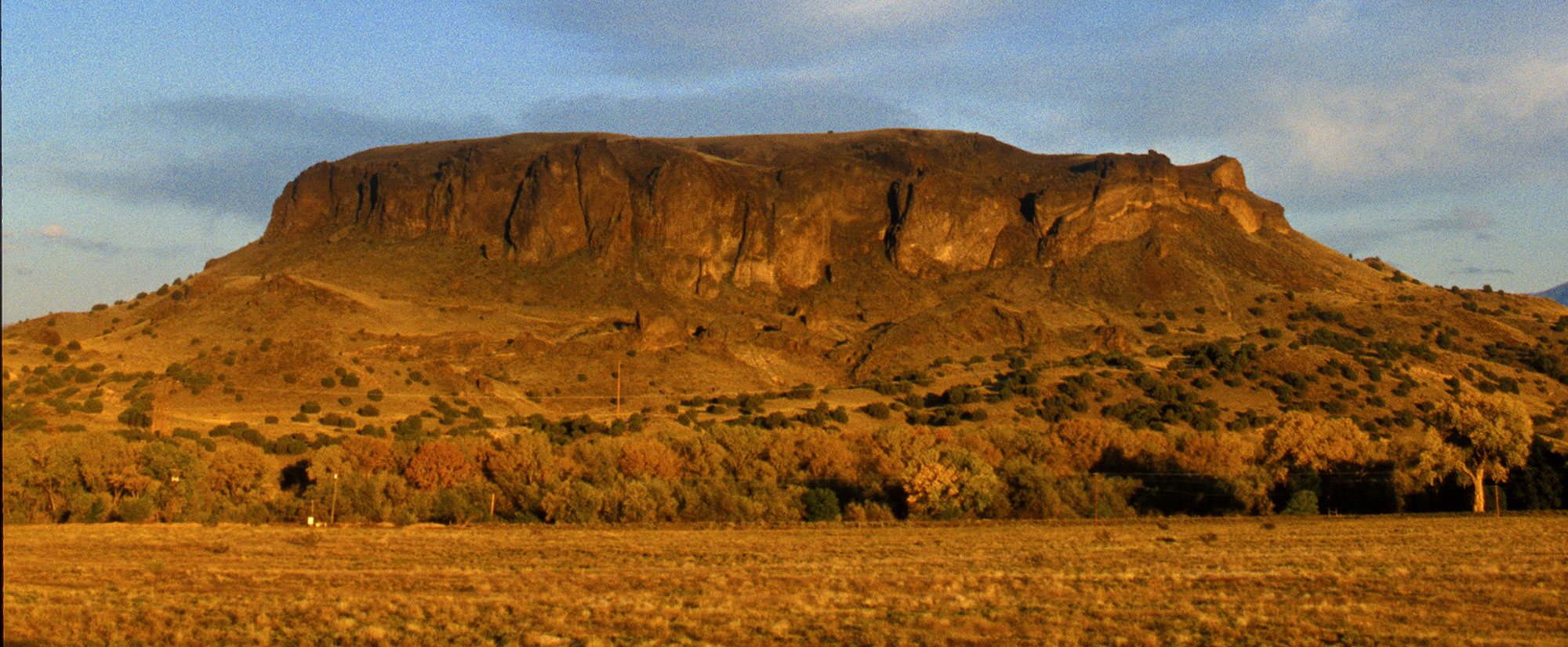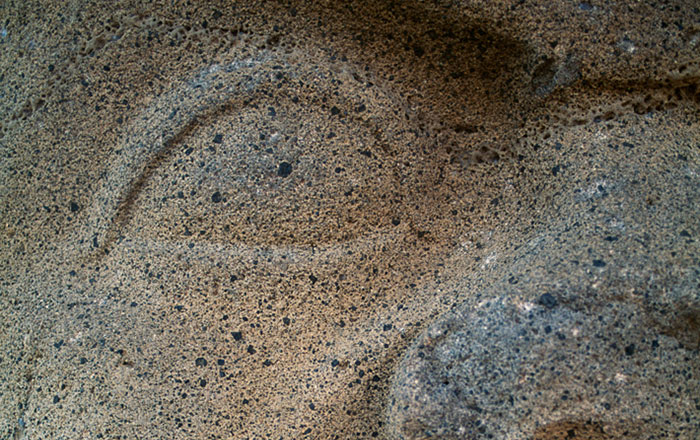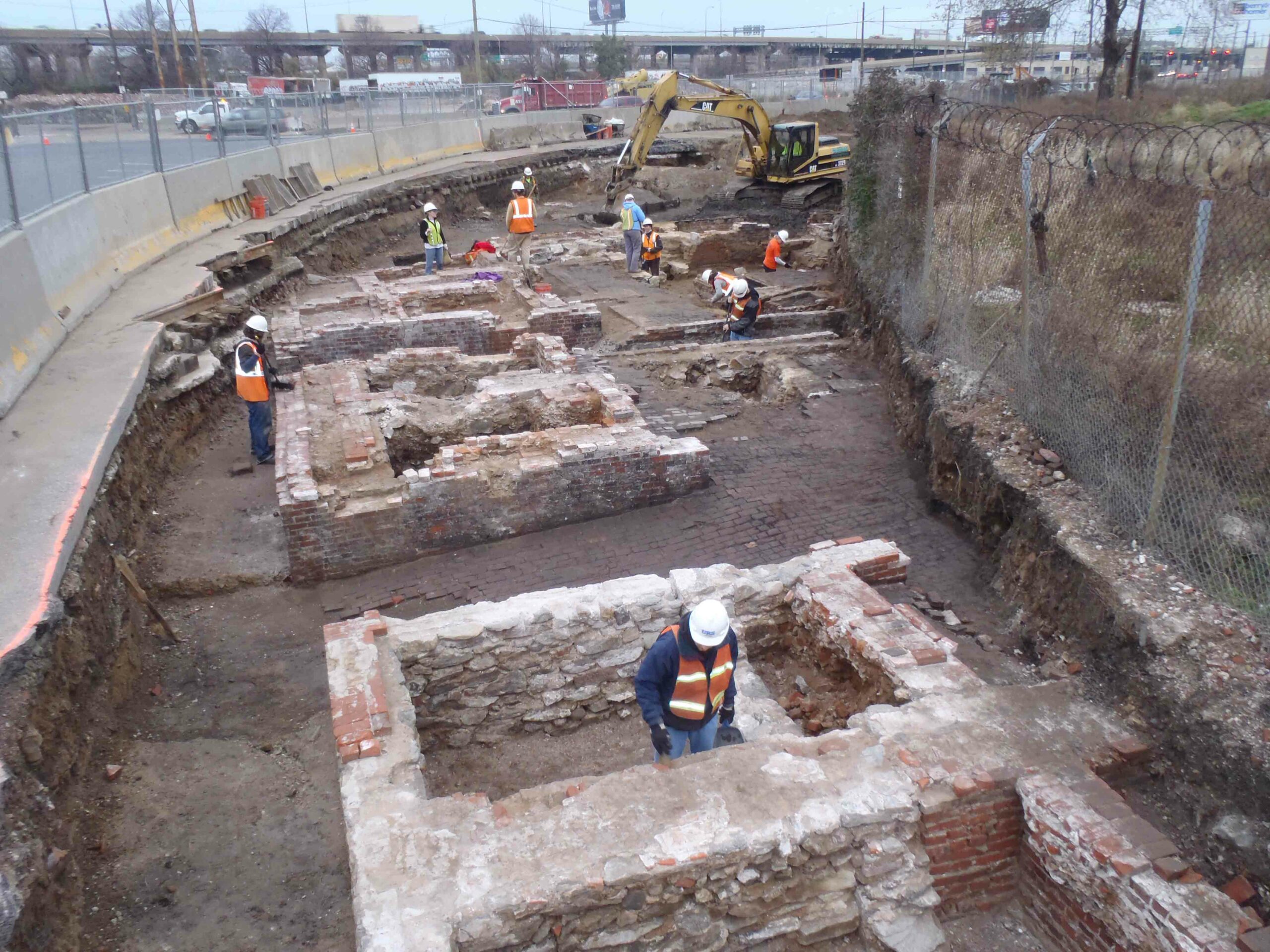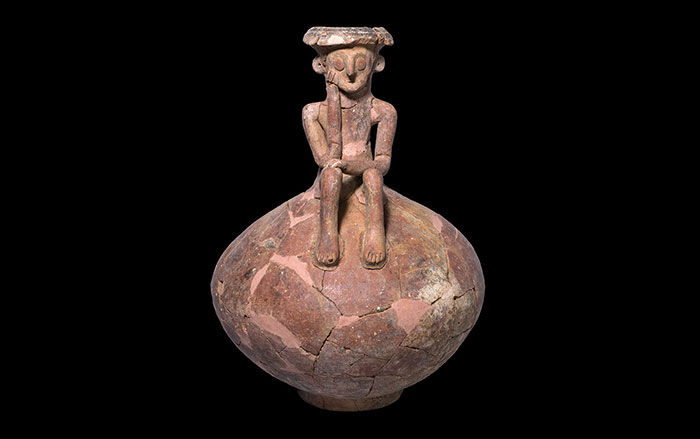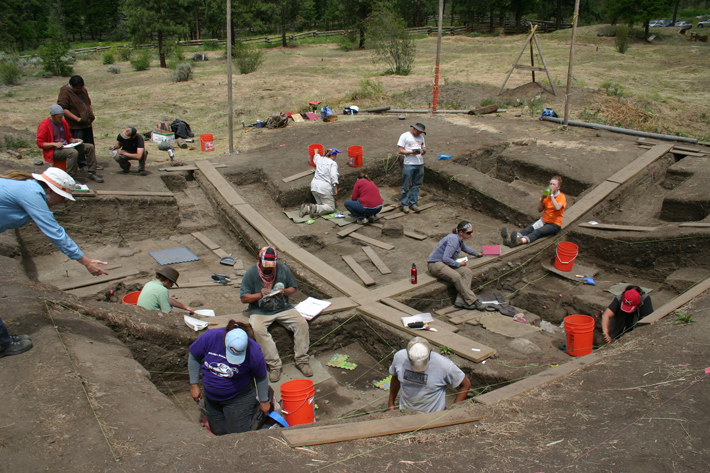
MISSOULA, MONTANA—According to a report in The Vancouver Sun, a research team led by Anna Marie Prentiss of the University of Montana has uncovered a pit house in British Columbia’s Fraser Canyon that shows signs of periodic occupation over a period of about 1,500 years, ending in the mid-nineteenth century with the arrival of European fur traders. Prentiss explained that, every 20 years or so, a new roof was put on the structure and a new layer of dirt was installed on the floor, creating 17 distinct layers in all. “We have exquisite detail, with all these floors,” she said. Among the artifacts, the team has recovered burned rocks, hide scrapers, stone points, and deer, dog, and fish bones. The house also changed size and shape over time. At its largest, the house may have met the needs of as many as 30 to 40 people living in the First Nations settlement. Venetian glass beads, an iron horseshoe, a ring, machine-made bone buttons, and three stone spindle whorls were found in the topmost layer. “The fur-trade material lets us see what life was like just before the onslaught of the Gold Rush,” Prentiss said. To read about another recent discovery in Canada, go to “Discovering Terror.”


